In a teardown done with production hardware, research firm iSuppli now says a base iPhone 3G costs just $174.33 in pure manufacturing costs, or less than what it took to build the less capable original.
And while the bill of materials doesn't include the price of shipping the phone, selling it, or creating the software that runs it, the inexpensive design is said by iSuppli to be a deliberate move by Apple to fulfill its short-term goal of establishing as much marketshare as it can early on into iPhone's history.
"iSuppli believes Apple aimed for a more cost-effective design for the 3G iPhone compared to the 2G, in order to lower the retail price," says principal analyst Andrew Rassweller, "which will allow the company to seed adoption and to capture maximum market share now—while the company still has buzz and a perceived differentiation relative to its competitors."
In addition to keeping many of the same parts, including the Samsung processor, Apple saves money by redesigning the internal layout. Rather than two tightly connected circuit boards, iPhone 3G uses a single but more durable board. The battery is also no longer soldered to the device, making it easier for technicians to replace the battery.
The estimated bill of materials for iPhone 3G..
Where Apple has changed parts is also consciously done to expand the compatibility of the phone with non-US networks as much as possible, iSuppli adds: the particular Infineon chipset supports WCDMA phone networks (used in Japan and Korea) and therefore works in areas where the first iPhone would be incompatible.
With roughly $50 in licenses for patents and other intellectual property factored into the price and an assumed unsubsidized cost of $499 for an 8GB model of the celllphone, Apple is thought to be getting as much as $300 in subsidies from AT&T for each customer who buys at the much-publicized $199 price, or enough for a substantial 55 percent profit margin before accounting for marketing and software.
 Katie Marsal
Katie Marsal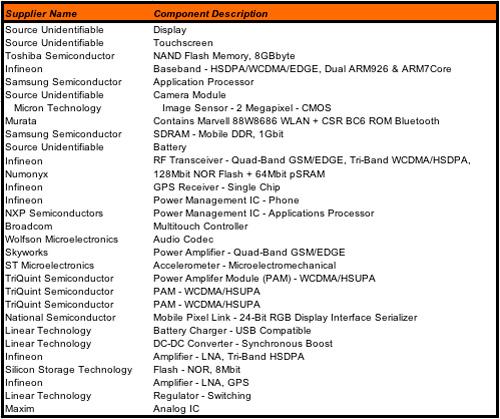



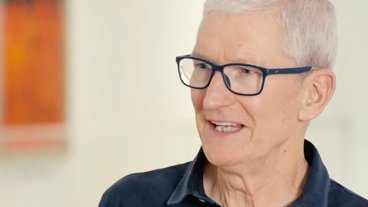


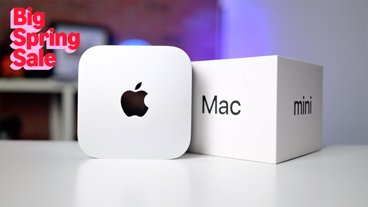
-m.jpg)





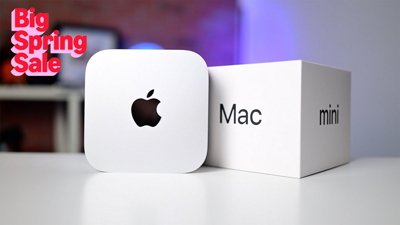
 Christine McKee
Christine McKee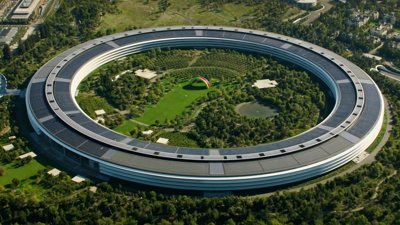
 Wesley Hilliard
Wesley Hilliard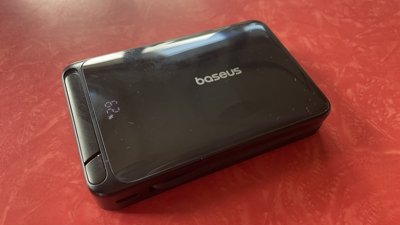
 Thomas Sibilly
Thomas Sibilly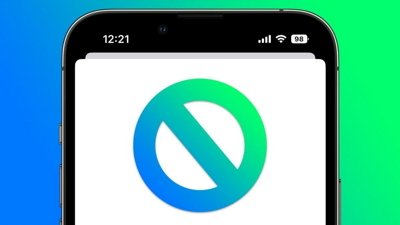
 Marko Zivkovic
Marko Zivkovic
 Andrew O'Hara
Andrew O'Hara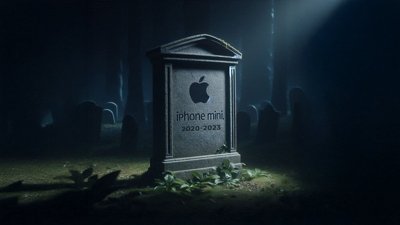
 Amber Neely
Amber Neely
 William Gallagher
William Gallagher
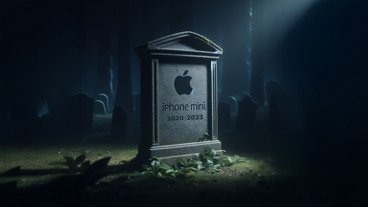

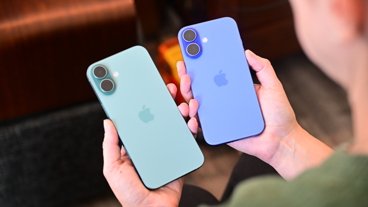






19 Comments
Does the WCDMA mean it will run on Verizon's network?
no...
With roughly $50 in licenses for patents and other intellectual property factored into the price and an assumed unsubsidized cost of $499 for an 8GB model of the celllphone, Apple is thought to be getting as much as $300 in subsidies from AT&T for each customer who buys at the much-publicized $199 price, or enough for a substantial 55 percent profit margin before accounting for marketing and software.
So AT&T is assumed to be getting $100 (or about 17%) off the full retail price? That sounds like a reasonable assumption to me. Though I doubt that Apple is making 55% on each device.
Does the WCDMA mean it will run on Verizon's network?
To work with Verizon or Sprint it would need CDMA/CDMA200. W-CDMA is very different, though the CDMA initialism does have the same words associated with them the interface is completely different.
Stop the presses! Moore's Law continues, unabated! Shock!
These component prices are completely unverifiable, making an effort to price them down to the penny is a pretty pointless one.
These component prices are completely unverifiable, making an effort to price them down to the penny is a pretty pointless one.
Not as pointless as the first iSuppli report.... before they even had a 3G iPhone to crack open.
But on the positive side, look how good that turned out: we now know it was only $1.33 off!